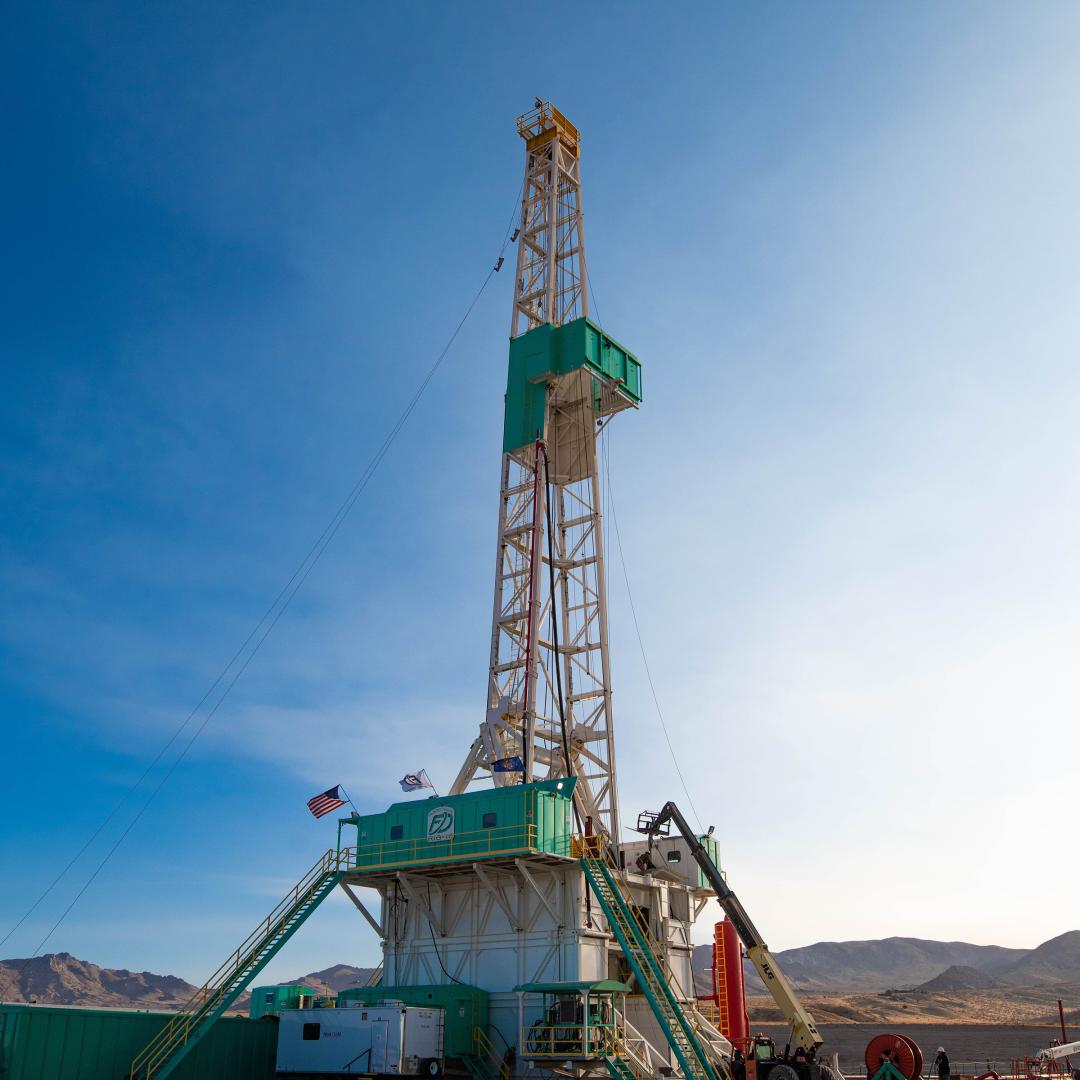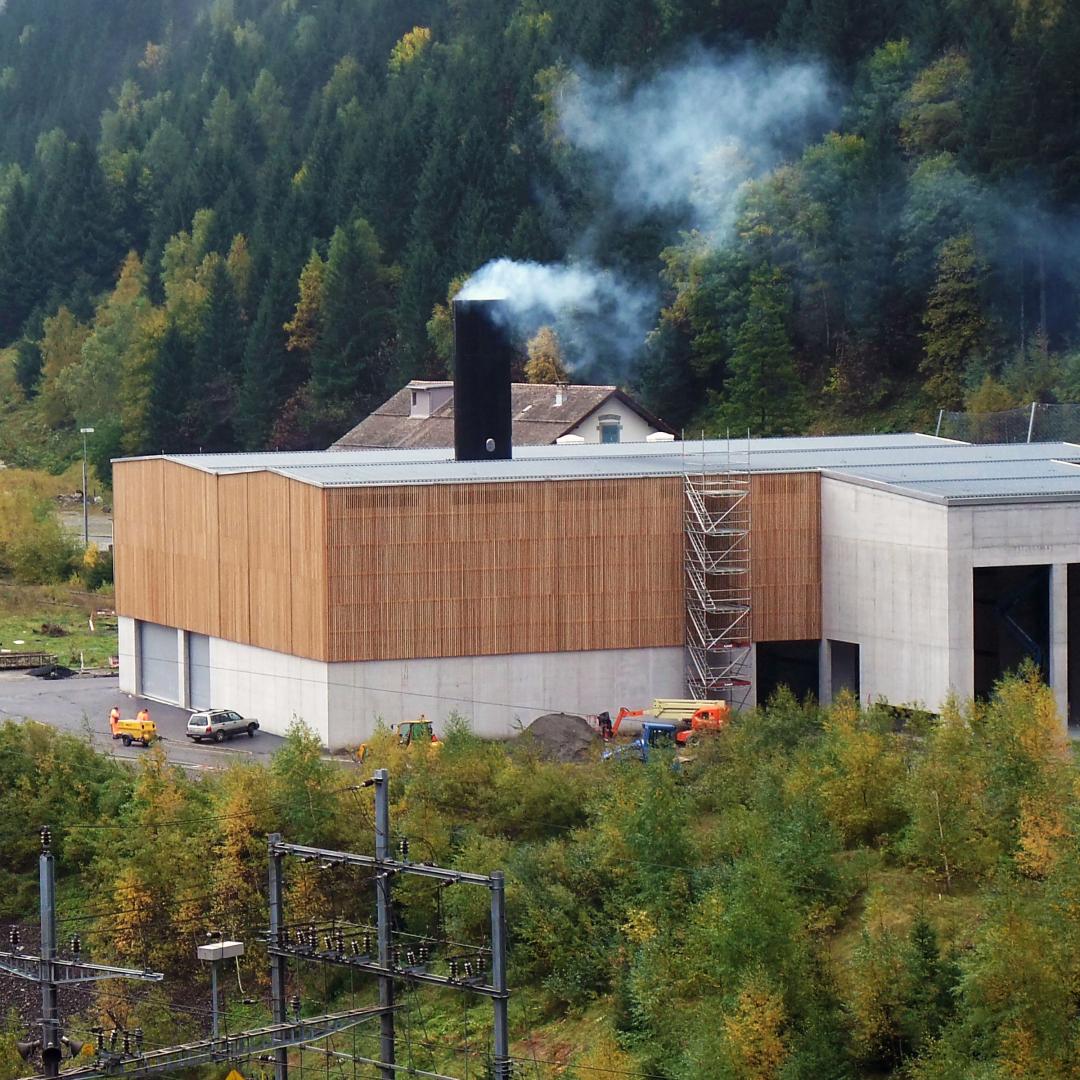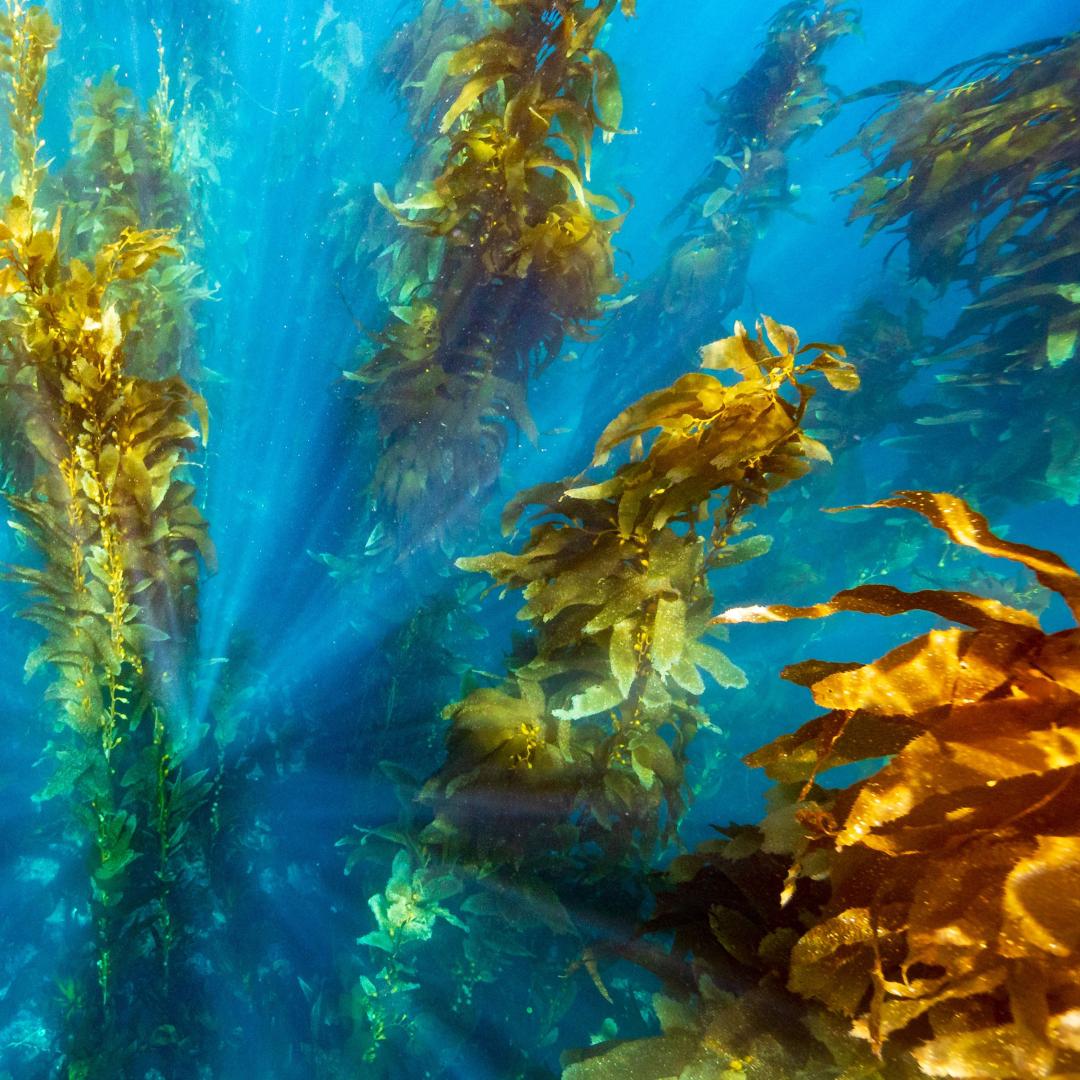Bayraktarov, E., Saunders, M. I., Abdullah, S., Mills, M., Beher, J., Possingham, H. P., Mumby, P. J. & Lovelock, C. E. (2015). The cost and feasibility of marine coastal restoration. Ecological Applications 26, 1055–1074. Link to source: https://doi.org/10.1890/15-1077
Carlot, J. (2025). Restoring coastal resilience: The role of macroalgal forests in oxygen production and pH regulation. Journal of Phycology, 61(2), 255–257. Link to source: https://doi.org/10.1111/jpy.70019
Danovaro, R., Aronson, J., Bianchelli, S., Boström, C., Chen, W., Cimino, R., Corinaldesi, C., Cortina-Segarra, J., D’Ambrosio, P., Gambi, C., Garrabou, J., Giorgetti, A., Grehan, A., Hannachi, A., Mangialajo, L., Morato, T., Orfanidis, S., Papadopoulou, N., Ramirez-Llodra, E., Smith, C. J., Snelgrove, P., van de Koppel, J., van Tatenhove, J., & Fraschetti, S. (2025). Assessing the success of marine ecosystem restoration using meta-analysis. Nature Communications, 16(1), Article 3062.Link to source: https://doi.org/10.1038/s41467-025-57254-2
Eger, A. M., Vergés, A., Choi, C. G., Christie, H., Coleman, M. A., Fagerli, C. W., Fujita, D., Hasegawa, M., Kim, J. H., Mayer-Pinto, M., Reed, D. C., Steinberg, P. D., & Marzinelli, E. M.(2020). Financial and institutional support are important for large-scale kelp forest restoration. Frontiers in Marine Science, 7, 535277. Link to source: https://doi.org/10.3389/fmars.2020.535277
Eger, A. M., Marzinelli, E. M., Christie, H., Fagerli, C. W., Fujita, D., Gonzalez, A. P., Johnson, C., Ling, S. D., Mayer-Pinto, M., Norderhaug, K. M., Pérez-Matus, A., Reed, D. C., Sala, E., Steinberg, P. D., Wernberg, T., Wilson, S., & Vergés, A. (2022). Global kelp forest restoration: Past lessons, present status, and future directions. Biological Reviews, 97(4), 1449-1475. Link to source: https://doi.org/10.1111/brv.12850
Eger, A. M., Baum, J. K., Campbell, T., Cevallos Gil, B., Earp, H. S., Falace, A., Freiwald, J., Hamilton, S., Lonhart, S. I., Rootsaert, K., Rush, M. Å., Schuster, J., Timmer, B., & Vergés, A. (2026). Creating a global kelp forest conservation fundraising target: A 14-billion-dollar investment to help the kelp. Biological Conservation, 313. Link to source: https://doi.org/10.1016/j.biocon.2025.111573
Filbee-Dexter, K., Wernberg, T., Barreiro, R., Coleman, M. A., de Bettignies, T., Feehan, C. J., Franco, J. N., Hasler, B., Louro, I., Norderhaug, K. M., Staehr, P. A. U., Tuya, F. & Verbeek, J. (2022). Leveraging the blue economy to transform marine forest restoration. Journal of Phycology, 58(2), 198–207. Link to source: https://doi.org/10.1111/jpy.13239
Gibbons, E. G., & Quijon, P. A. (2023). Macroalgal features and their influence on associated biodiversity: implications for conservation and restoration. Frontiers in Marine Science, 10, 1304000. Link to source: https://doi.org/10.3389/fmars.2023.1304000
Kelp Forest Alliance. (2024). State of the world’s kelp report. Kelp Forest Alliance. Link to source: https://kelpforestalliance.com/state-of-the-worlds-kelp-report/
Martin, D. M. (2017). Ecological restoration should be redefined for the twenty‐first century. Restoration Ecology, 25(5), 668–673. Link to source: https://doi.org/10.1111/rec.12554
Pessarrodona, A., Franco‐Santos, R. M., Wright, L. S., Vanderklift, M. A., Howard, J., Pidgeon, E., Wernberg, T., & Filbee‐Dexter, K. (2023). Carbon sequestration and climate change mitigation using macroalgae: A state of knowledge review. Biological Reviews, 98(6), 1945–1971. Link to source: https://doi.org/10.1111/brv.12990






